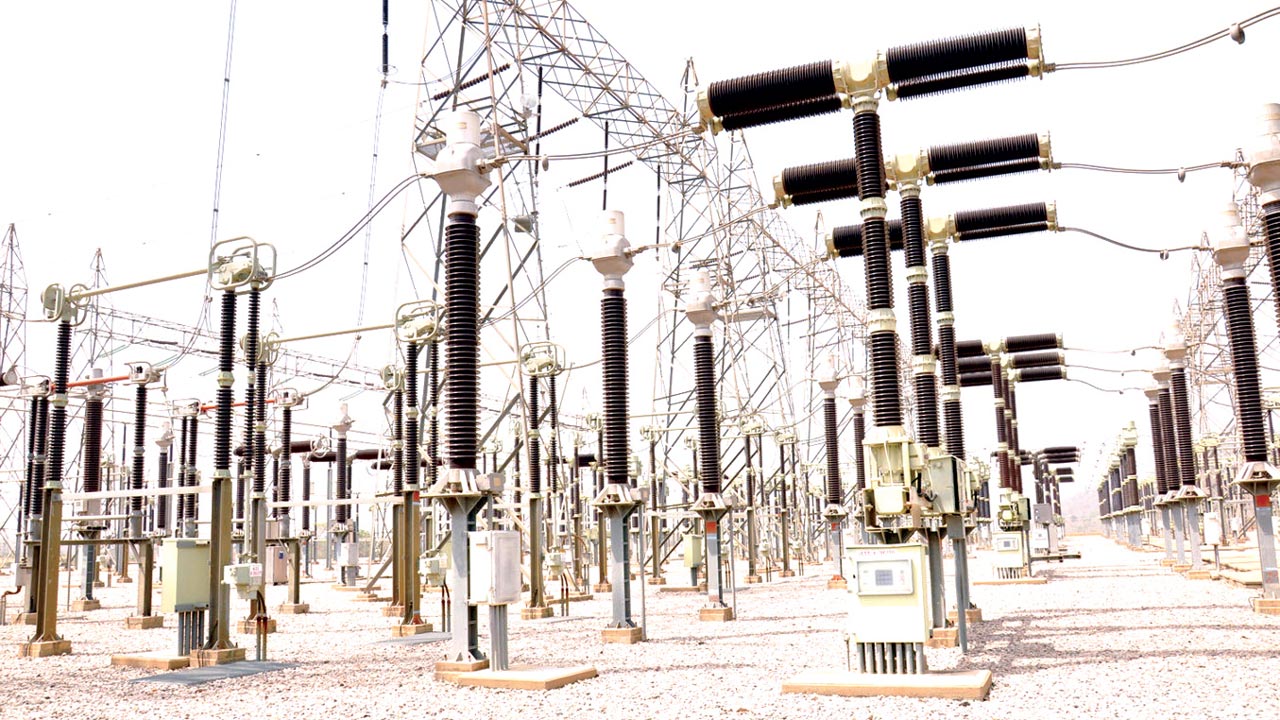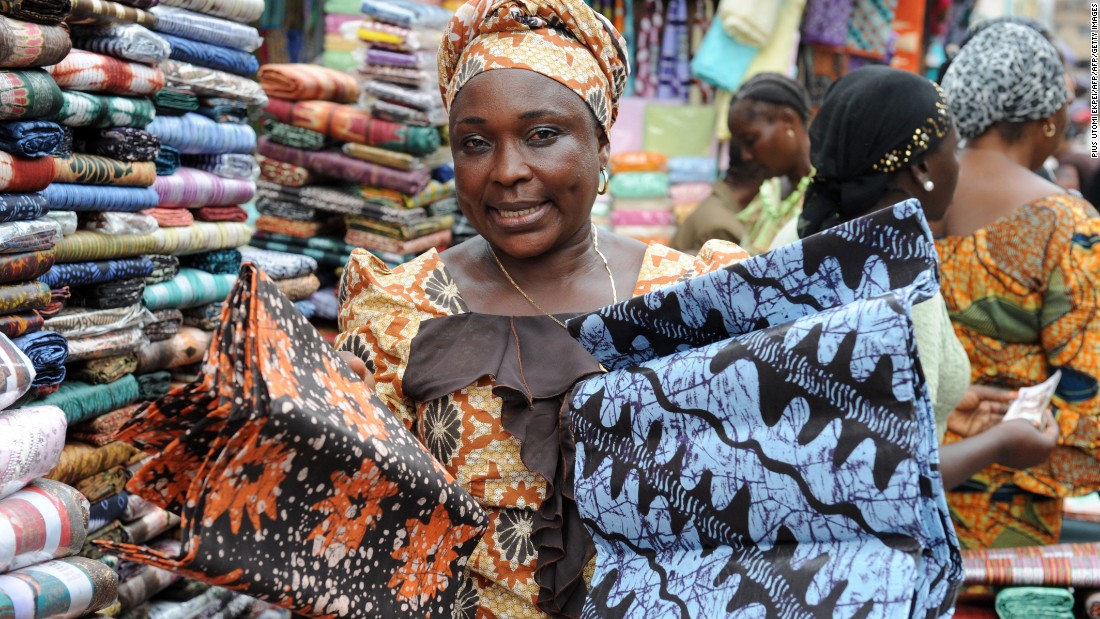- OPEC Projects to Tighter Oil Market in 2019
The research and analysis arm of the Organisation of Petroleum Exporting Countries pointed towards a much tighter market in 2019 as the group has seen its production fall significantly this year, led by curbs to Saudi Arabian output along with dramatic, involuntary declines from sanctions-hit Venezuela.
In its monthly oil market report, OPEC estimates demand for its crude to average 30.30 million barrels per day in 2019, a fall of 1.05 million bpd on the year, signifying that oil inventories are going to decline sharply, pointing to a very tight market.
But the group said that the market remained oversupplied and warned of slowing demand growth, according to S&P Global Platts.
Its 14 members pumped 30.02 million bpd in March, its lowest output figure since February 2015. This is 100,000 bpd lower than the call on its own crude. Demand for OPEC crude in 2018 averaged 31.35 million bpd.
The March figure is down from 30.56 million bpd in February, largely on a huge fall in production from Venezuela and Saudi Arabia.
Oil prices have recovered sharply since December, when they fell to a 15-month low, and ICE Brent has been trading a five-month high of above $71 per barrel this week.
OPEC revised demand growth down in 2019 to 1.21 million bpd due to “slower-than-expected economic activity.”
Global oil demand is estimated to average 99.91 million bpd this year, compared with 98.70 million bpd in 2018, OPEC said. The group pegged 2018 global oil demand growth at 1.41 million bpd.
OPEC also revised down non-OPEC oil supply growth in 2019 by 60,000 bpd “due to extended maintenance in Kazakhstan, Brazil and Canada.”
It said that US, Brazil, Russia, UK, Australia, Ghana, Sudan and South Sudan will be the main drivers of supply growth this year.
The group forecasts US crude production to rise by 1.46 million bpd in 2019 to 12.42 million bpd.
“The highest incremental production is expected in the Gulf Coast, albeit at a slower pace compared to a year ago due to the pipeline constraints in Permian Basin,” it added.
Venezuela reported a production figure of 960,000 bpd, down by a massive 472,000 bpd, as power outages and US sanctions cripple the South American oil producer.
Saudi Arabia’s crude output fell 289,000 bpd in March to average 9.79 million bpd, according to an average of the six secondary sources that OPEC uses to gauge production.
The kingdom also self-reported production of 9.79 million bpd, its lowest since January 2017 and a fall of 350,000 bpd month on month. That is much below its quota of 10.31 million bpd under the cut agreement.
The kingdom has decreased production by 1.30 million bpd since November when it pumped a record high of 11.09 million bpd.
At the last OPEC meeting in Vienna, the group’s members agreed to slash output by 812,000 bpd, with Russia and nine other non-OPEC allies committing to a cut of 383,000 bpd for the first six months of 2019.
Iraq’s production fell marginally to 4.52 million bpd in March, slightly above its quota of 4.51 million bpd, according to OPEC secondary sources.
In Iran, hit by US sanctions, output was slight down, falling 28,000 bpd to 2.70 million bpd in March.
Libya, which is also exempt from the deal, pumped 1.098 million bpd in March, up 196,000 bpd from the previous month, but output remains at risk as the country is on the brink of a possible civil war.
A key metric for the deal has been to lower oil inventories below the five-year average. OPEC said it had made some progress towards achieving this goal.

 Naira4 weeks ago
Naira4 weeks ago
 Naira4 weeks ago
Naira4 weeks ago
 Travel4 weeks ago
Travel4 weeks ago
 Naira3 weeks ago
Naira3 weeks ago
 Jobs4 weeks ago
Jobs4 weeks ago
 Naira4 weeks ago
Naira4 weeks ago
 Investment4 weeks ago
Investment4 weeks ago
 Travel4 weeks ago
Travel4 weeks ago
























